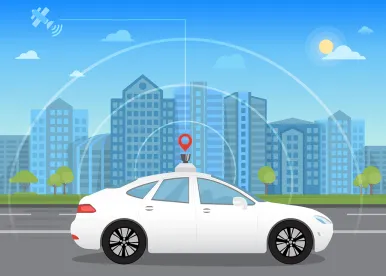The US House of Representatives passed the ‘‘Safely Ensuring Lives Future Deployment and Research In Vehicle Evolution Act,’’ or the ‘‘SELF DRIVE Act’’ on September 6. As stated in the act, the purpose of the law is to “memorialize the Federal role in ensuring the safety of highly automated vehicles as it relates to design, construction, and performance, by encouraging the testing and deployment of such vehicles.”
The act preempts any state laws that impose lower or inconsistent requirements regarding the design, construction, or performance of highly automated vehicles, automated driving systems, or components of automated driving systems. However, states will still be able to set regulations on registration, safety inspections, licensing, and insurance.
The act provides that no later than 24 months after the enactment of the act, the secretary of transportation will issue a final rule requiring automated vehicle developers to submit safety assessment certifications regarding how such developers address safety for automated vehicles. The rule will include specifications about which entities are required to submit such certifications; a description of the relevant test, results, data, and other contents that must be submitted by such entity in order to demonstrate that such entity’s vehicles are likely to maintain safety, and function as intended and contain fail safe features, to be included in such certifications; and a specification of the circumstances under which such certifications must be updated or resubmitted.
The act also includes cybersecurity plan requirements for automated vehicles. It provides that a manufacturer may not sell, offer for sale, introduce or deliver for introduction into commerce, or import into the United States, any highly automated vehicle that performs partial driving automation, or automated driving system unless such manufacturer has developed a cybersecurity plan that includes a written cybersecurity policy outlining the manufacturer’s practices for detecting and responding to cyber-attacks, unauthorized intrusions, and false and spurious messages or vehicle control commands.
Companies have been testing self-driving vehicles on public roads since 2010. However, without any federal regulations governing such vehicles, manufacturers are governed by conflicting state laws, which makes it difficult to manufacture such cars for use on all public roads throughout the United States. While the act will still need to be approved by the US Senate, it paves the way for allowing self-driving car manufacturers to test and develop such vehicles with standard guidelines.




 />i
/>i
